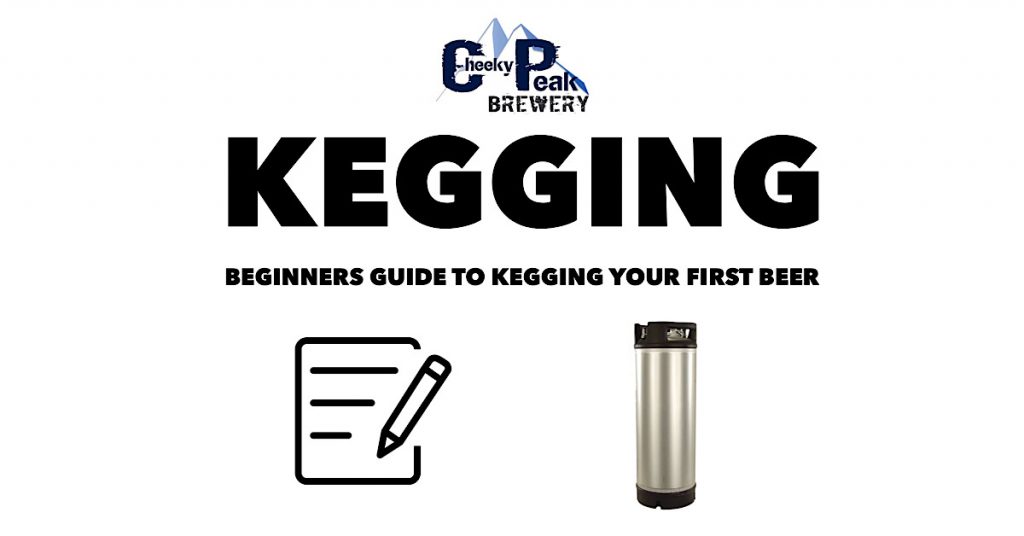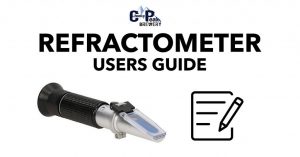Kegging can be an overwhelming task at first. There’s a lot of new equipment that you probably haven’t seen before. You’ve probably also had a look online only to realise everyone has their own opinion on how to best do it.
It can be extremely confusing when you’re learning about this process for the first time.
Our aim for you today is to lay out a step by step process that is easy to follow and will result in perfectly carbonated beer. No tricks or short cuts included!
WHAT EQUIPMENT WILL I NEED?
1 x Keg
1 x Carbon Dioxide Cylinder
1 x Regulator
1 x Gas Disconnect
2m of gas line
Transfer line from fermenter to keg (enough length to reach from your fermenter to the bottom of your keg)
KEGGING – Step by Step
Step 1
Ensure your keg is first clean & santitised
Step 2
Attach your lid to your keg and lock in place.
Step 3
Attach the regulator to the gas bottle and attach your gas line to the regulator. Secure with an appropriate clamp. Attach your gas disconnect to the open end of your line and secure with an appropriate clamp.
Step 4
Wind your regulator all the way out in an anti-clockwise direction. Turn on your gas bottle and wind the regulator back in a clockwise direction until the regulator gauge reads 15 psi.
Step 5
Attach your gas disconnect to the gas side post on your keg (the gas side has the shortest dip tube). At this point you will hear the gas hissing through the regulator and into your keg. Wait until you cannot hear any gas hissing into your keg.
Step 6
Remove gas disconnect from your keg. Now pull the pressure relief valve to release the gas from your keg.
Step 7
Repeat steps five and six 2-3 more times.
This aim for these steps is to remove oxygen from your keg as the oxygen will have a negative effect on your beer
Step 8
Ensure the beer transfer line you will use is clean and sanitised. Attach your transfer line to your fermenter tap. Open your keg lid and run the open end of the transfer line all the way to the bottom of your keg.
Step 9
Slowly open your fermenter tap and begin to run beer into your keg. Fill at a slow speed to avoid any splashing action within the keg. If you create too much splashing, the beer will pick up oxygen and you will risk oxidizing your beer.
Step 10
Continue to fill keg until the beer reaches just below the tip of the short gas dip tube. Once full close fermenter tap and remove transfer line from your keg.
Step 11
Attach lid back onto your keg and lock into place.
Step 12
Turn on your gas bottle and set the regulator to 10-12 psi. Attach gas disconnect to gas side post. You will hear gas hissing into your keg, wait until you can’t hear any gas hissing into your keg.
Step 13
Remove gas disconnect from your keg and pull the pressure relief valve to release pressure from your keg.
Step 14
Repeat steps twelve and thirteen 2-3 more times. Again this process is to remove any oxygen from your keg.
Step 15
Place your keg into a cold fridge. With your regulator set at 10-12 psi, attach your gas disconnect to the gas post on your keg.
Step 16
Leave your keg to sit cold under pressure for 10-14 days. After this period, connect beer tap and line to your keg and sample. If your beer is still not carbonated sufficiently, leave for a further 24 hours before sampling.
Step 17
Once your beer is carbonated to a satisfactory level. Continue to serve & enjoy!
Note: Throughout this process It is best to have on hand a spray bottle filled with no-rinse sanitiser. Spray any fittings, taps, lines etc when required to reduce the risk of infection.










